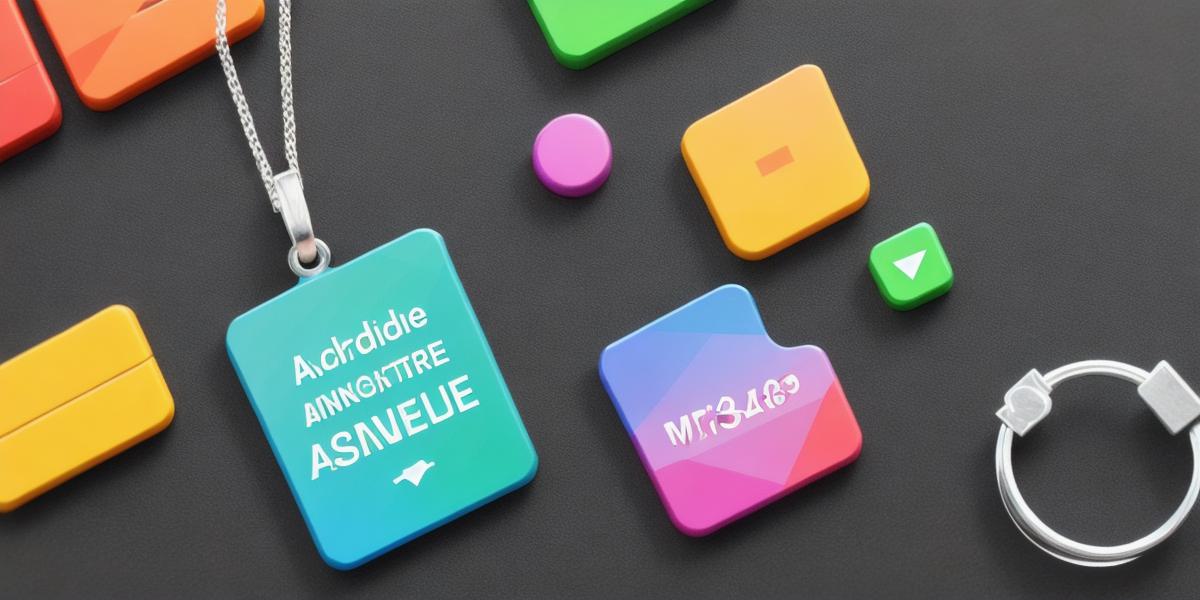Are you a web developer looking to optimize your website for the latest version of Android? Look no further! In this guide, we’ll take a closer look at the devices that are compatible with Android 13 and how you can make sure your site is accessible to all users.
Android 13, the latest iteration of Google’s mobile operating system, brings with it several new features and improvements. But before you start designing your website with these updates in mind, it’s important to know which devices are capable of running Android 13. Here’s a list of the major devices that support the latest version:
- Pixel 5/5 Pro
- Pixel 4/4 XL
- Pixel 3a/3/3 XL
- Samsung Galaxy S21/S21+/S21 Ultra
- OnePlus 9 Pro
- Oppo Find X3/X3 Neo

- Xiaomi Mi 11/Mi 11 Lite
- Huawei P50/P50 Lite
Now that you know which devices are capable of running Android 13, it’s time to think about how you can make sure your website is accessible to all users. Here are some tips:
- Optimize for touch: With more and more people using their mobile devices to browse the web, it’s important to ensure that your site is optimized for touch. This means using large buttons, clear navigation, and easy-to-read fonts.
- Use responsive design: Responsive design ensures that your website looks great on all devices, regardless of size or resolution. With Android 13, you’ll want to make sure that your site is optimized for both portrait and landscape mode.
- Test on different devices: Before launching your website, it’s important to test it on a variety of devices to ensure that everything is working as intended. This includes testing on different screen sizes, resolutions, and operating systems.
- Use progressive enhancement: Progressive enhancement ensures that your website works on all devices, even if they don’t support the latest features. This means using HTML5 and CSS3, as well as feature detection to ensure that your site is accessible to all users.
In conclusion, Android 13 brings with it several new features and improvements that web developers can take advantage of. But before you start designing your website with these updates in mind, it’s important to know which devices are capable of running the latest version. By optimizing for touch, using responsive design, testing on different devices, and using progressive enhancement, you can ensure that your website is accessible to all users, regardless of their device or operating system.



